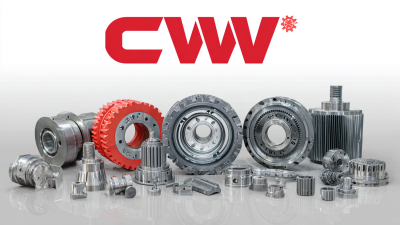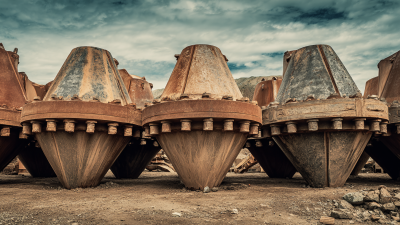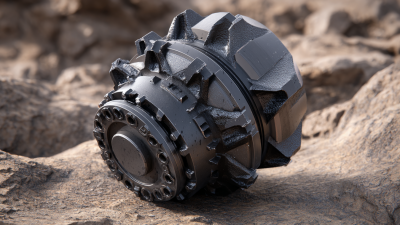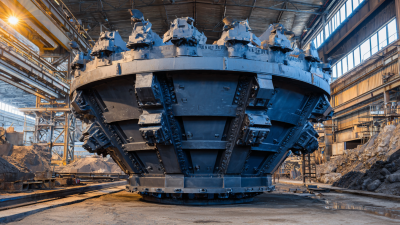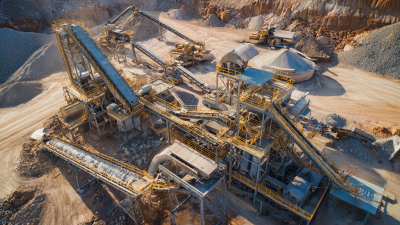
-
Home
-
About Us
-
Products
-
News
-
Blog
-
Contact Us
Leave Your Message

In the world of mining and construction, the efficiency of machinery can significantly impact productivity and costs. Among the critical equipment utilized, the cone crusher plays a pivotal role in processing materials with precision. However, the longevity and performance of cone crushers largely depend on the maintenance of their crucial components—Cone Crusher Parts. Proper care and maintenance can not only extend the lifespan of these parts but also ensure optimal operation, reducing the likelihood of costly downtimes. In this blog, we explore seven essential tips designed to help you maintain Cone Crusher Parts effectively, enabling your equipment to perform at its best and ensure your operations run smoothly and efficiently. Whether you're a seasoned pro or new to the field, these insights will prove invaluable in achieving peak performance and reliability from your cone crushers.
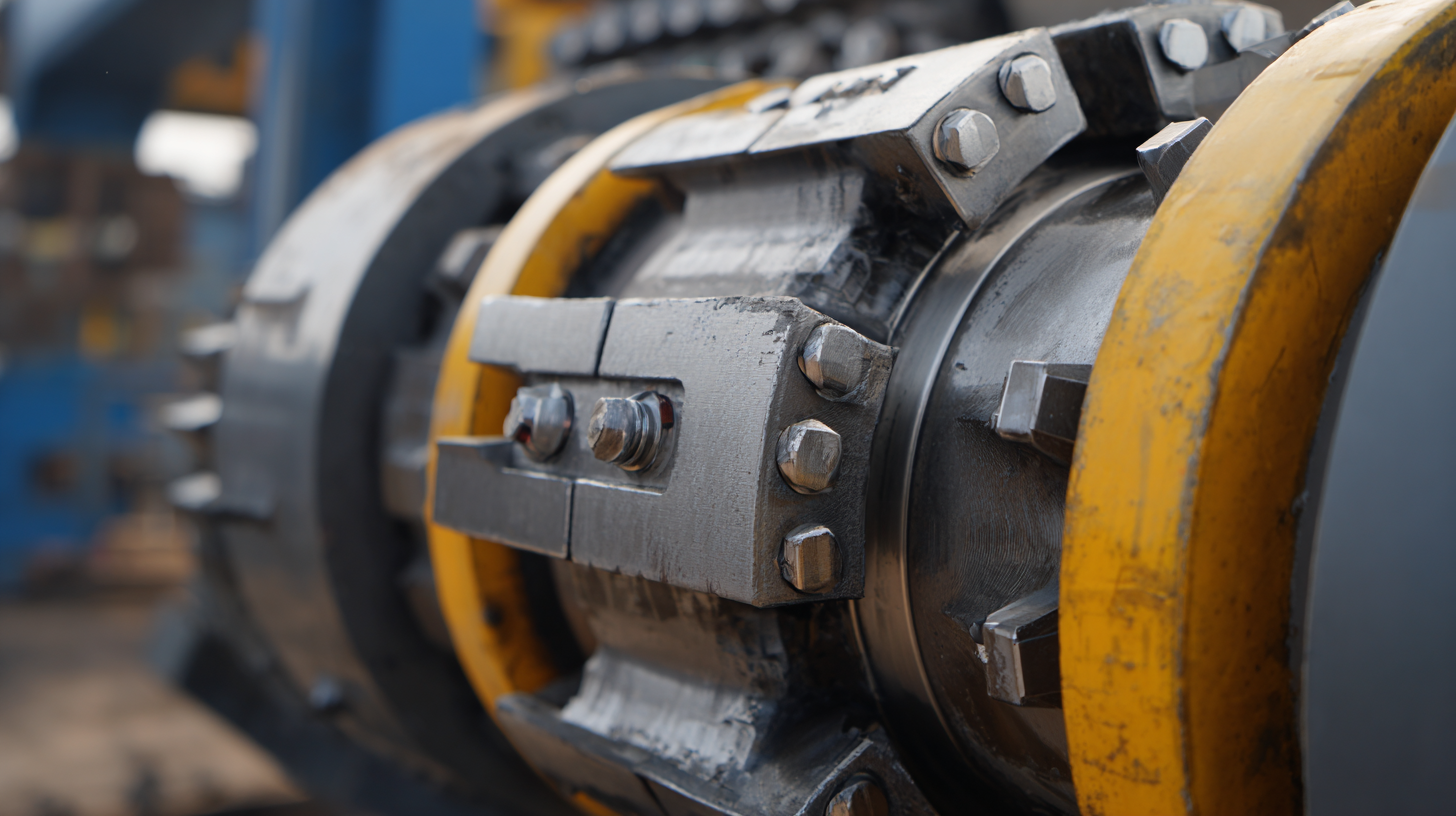
Understanding Cone Crusher Parts and Their Importance
Cone crushers are vital for many industries, particularly in the aggregates and mining sectors. Their efficiency and reliability hinge greatly on the components that make up the machine.
Key parts, such as the mantle, bowl liner, and wedge plates, play a significant role in the crushing process.
Maintaining these components is crucial as they directly affect the overall performance of the cone crusher, impacting production rates and operational costs.
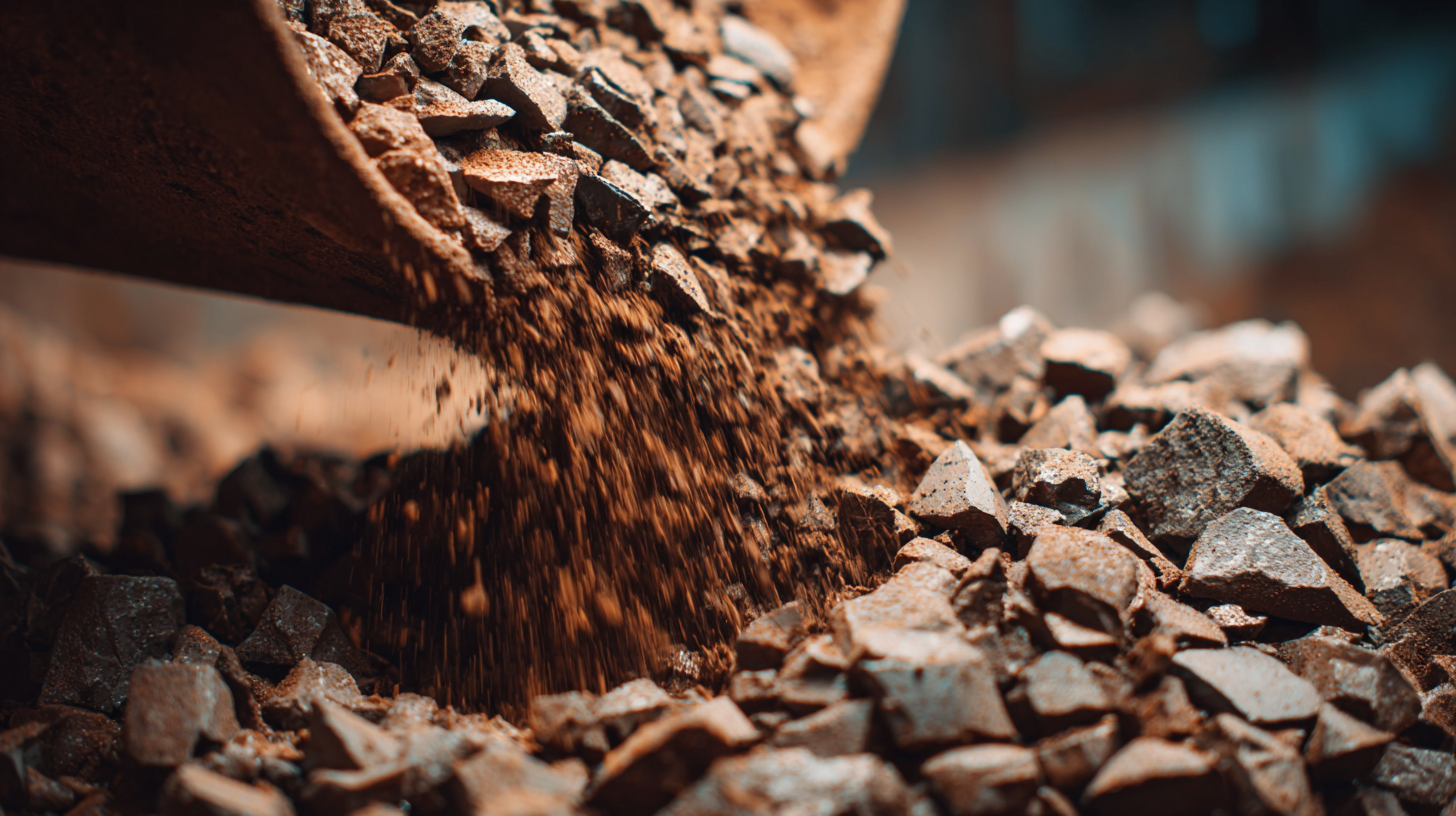
Regular inspection is crucial for the longevity of cone crusher components, ensuring optimal performance and minimizing the risk of unexpected breakdowns. Routine checks allow operators to identify wear and damage early, addressing issues before they escalate into costly repairs or replacements. Components such as mantles, bowls, and liners should be examined routinely for signs of erosion or cracking. By adhering to a structured inspection schedule, users can maximize the operational lifespan of their equipment, enhancing productivity and reducing downtime.
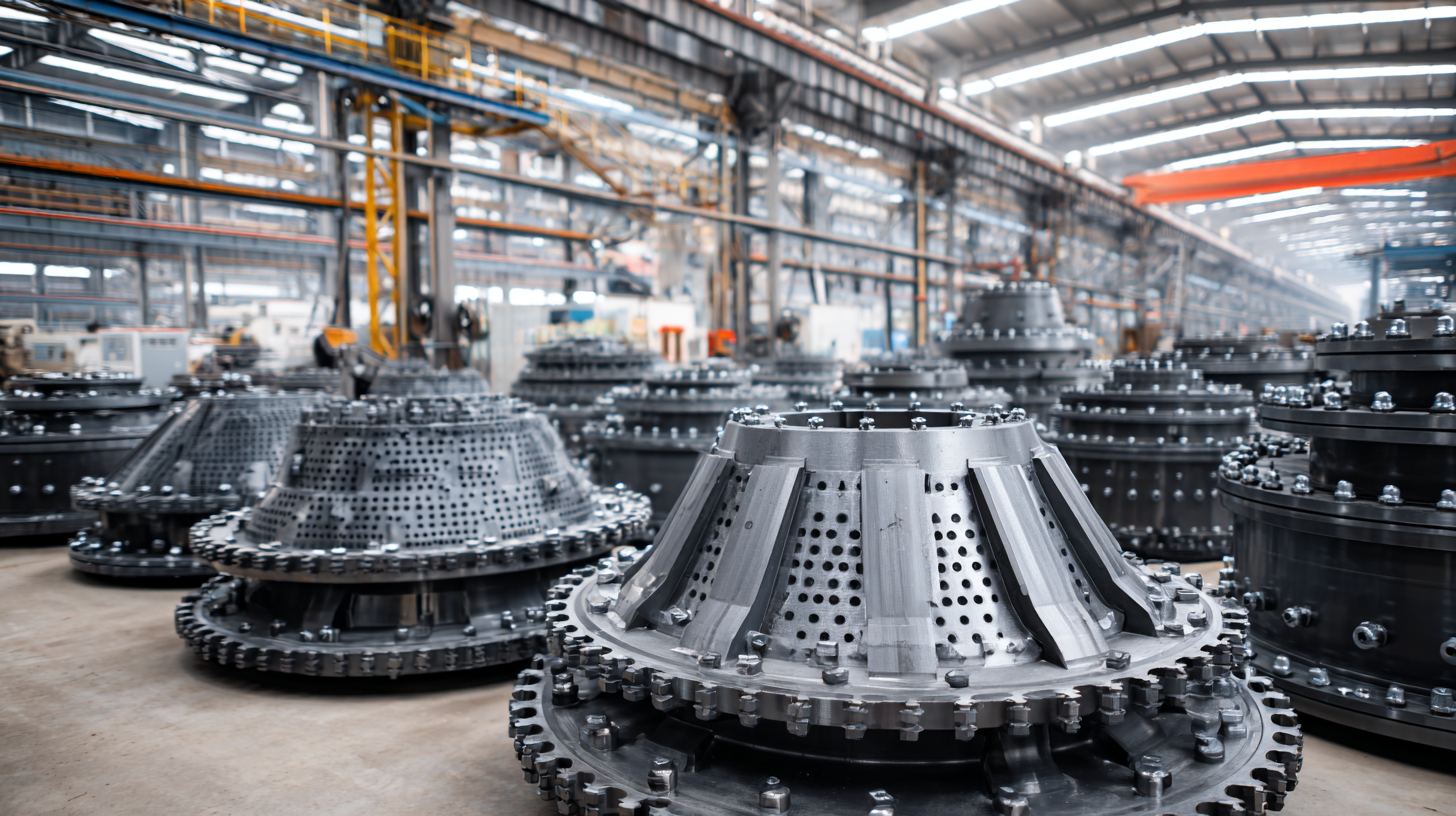
In addition to visual inspections, it is vital to monitor the operational parameters of the cone crusher. Keeping track of vibration levels, temperature, and hydraulic pressure can provide valuable insights into the health of the machine. Any deviations from the norm can indicate potential problems, prompting swift investigation and action. By prioritizing regular inspection and monitoring, businesses can create a proactive maintenance culture that not only extends the life of cone crusher parts but also contributes to overall efficiency and profitability in their operations.
Lubrication is a crucial maintenance practice for cone crushers that ensures their longevity and efficient operation. One of the best practices for lubrication is to frequently check and maintain the oil levels. Proper oil levels minimize friction and heat generated between moving parts, significantly reducing wear and tear. This promotes a smoother operation of the cone crusher, ultimately enhancing overall productivity.
Another essential tip is to utilize the correct type of lubricant as specified by the manufacturer. Different cone crusher models may require specific lubrication formulations to perform optimally. Regularly monitoring the condition of the lubricant is also crucial; contaminated or degraded lubricant can lead to severe damage, increasing the risk of costly repairs or downtime. Adhering to a consistent lubrication schedule will not only extend the life of the equipment but also ensure peak performance in the harsh conditions often encountered in mining and quarrying operations.
This bar chart illustrates the importance level (on a scale of 1 to 10) of various best practices for maintaining cone crusher parts efficiently, highlighting the significance of each maintenance tip.
When operating a cone crusher, understanding the common wear patterns in its parts is crucial for maintaining efficiency and prolonging equipment life. The most frequently observed wear patterns include cone liner wear, bowl liner wear, and the wear of the mantle. Cone liners generally experience significant wear on the surface that comes into contact with the crushed material. As these liners degrade, they can lead to decreased crushing efficiency and potentially increase operational costs.
Bowl liners, on the other hand, tend to wear unevenly, manifesting as grooves or depressions at specific locations. This misalignment can cause a shift in the crushing process, resulting in irregular product sizing. Additionally, the mantle may develop a bellied appearance over time, indicative of wear that can affect the crusher's performance. Recognizing these patterns early allows for timely maintenance or part replacement, ensuring that the cone crusher operates smoothly and effectively, thereby minimizing downtime and extending the lifespan of the equipment.
| Tip | Description | Common Wear Patterns | Frequency of Inspection |
|---|---|---|---|
| Regular Maintenance | Schedule routine checks and servicing. | Wear on liners and bowl | Monthly |
| Check Lubrication | Inspect and top up oil regularly. | Bearing wear | Weekly |
| Monitor Temperature | Ensure operating temperatures are within limits. | Overheating signs | Daily |
| Check For Obstructions | Regularly inspect feed openings for blockages. | Cavitation wear | After heavy use |
| Replace Worn Parts | Timely replacement of critical components. | Cracks in mantle | As needed |
| Adjust Settings Appropriately | Optimize CSS (Closed Side Setting) for material size. | Uneven wear | Weekly |
| Educate Operators | Train team on best operating practices. | Improper use wear | Ongoing |
When it comes to maintaining a cone crusher, understanding efficient replacement strategies for its components is crucial for minimizing downtime and maximizing productivity. Regular assessment of wear parts, such as liners and mantles, allows operators to anticipate the need for replacements before they lead to severe operational issues. Implementing a predictive maintenance schedule can help identify these wear patterns early, ensuring timely replacements that prevent unexpected failures.
Utilizing high-quality aftermarket parts can also enhance efficiency in replacements. Investing in durable components that meet or exceed OEM specifications can significantly reduce wear rates and improve the overall lifespan of the equipment. Additionally, having a strategic inventory of critical parts ensures that replacements can be made swiftly, avoiding costly delays. Training maintenance personnel on the nuances of component replacement will streamline the process, enabling quicker and more effective adaptations to changing operational conditions, ultimately supporting the longevity and reliability of the cone crusher.
